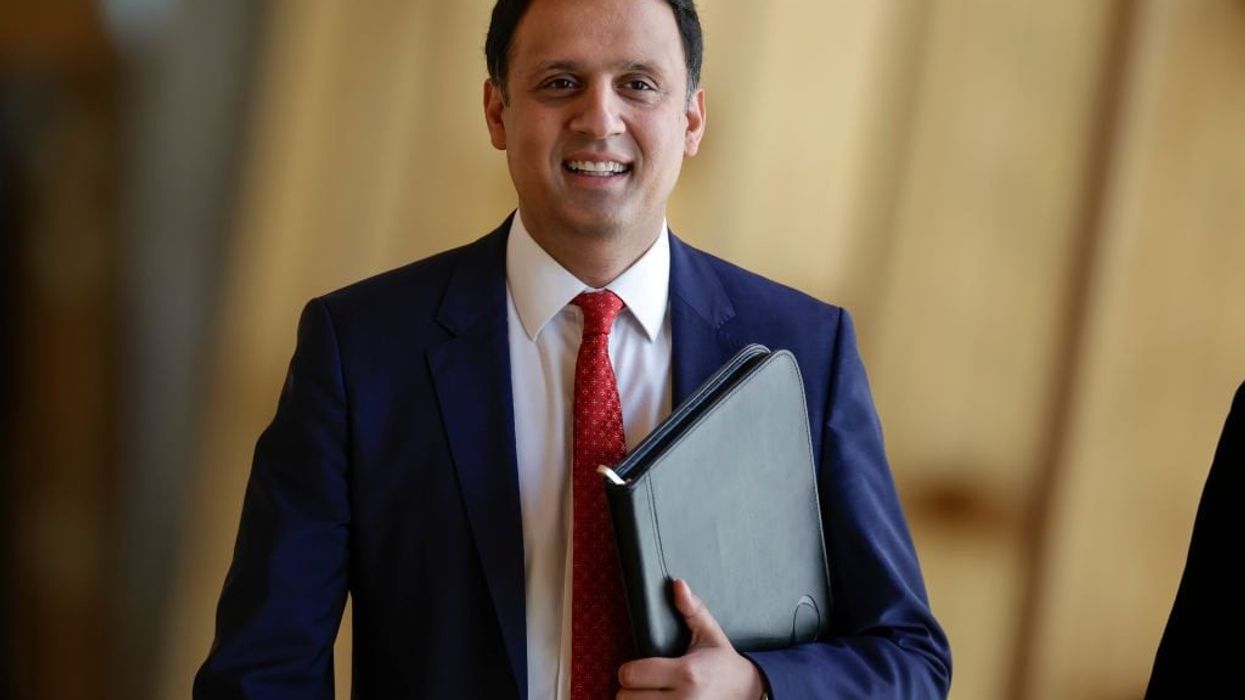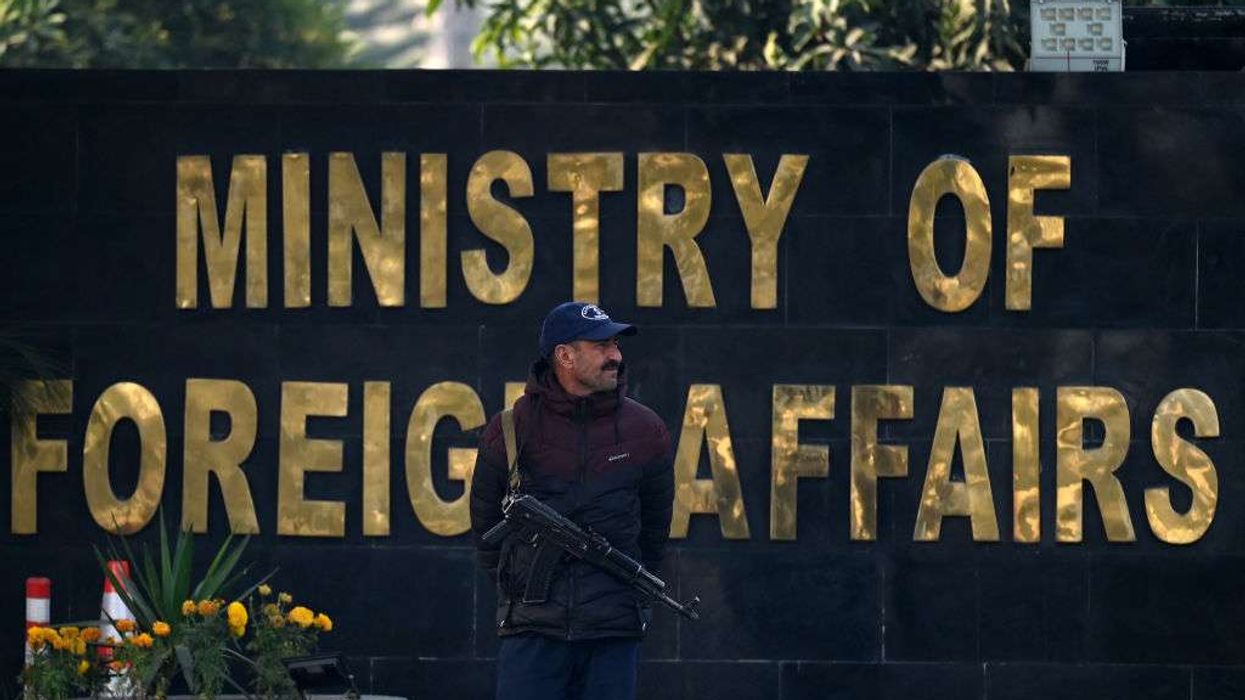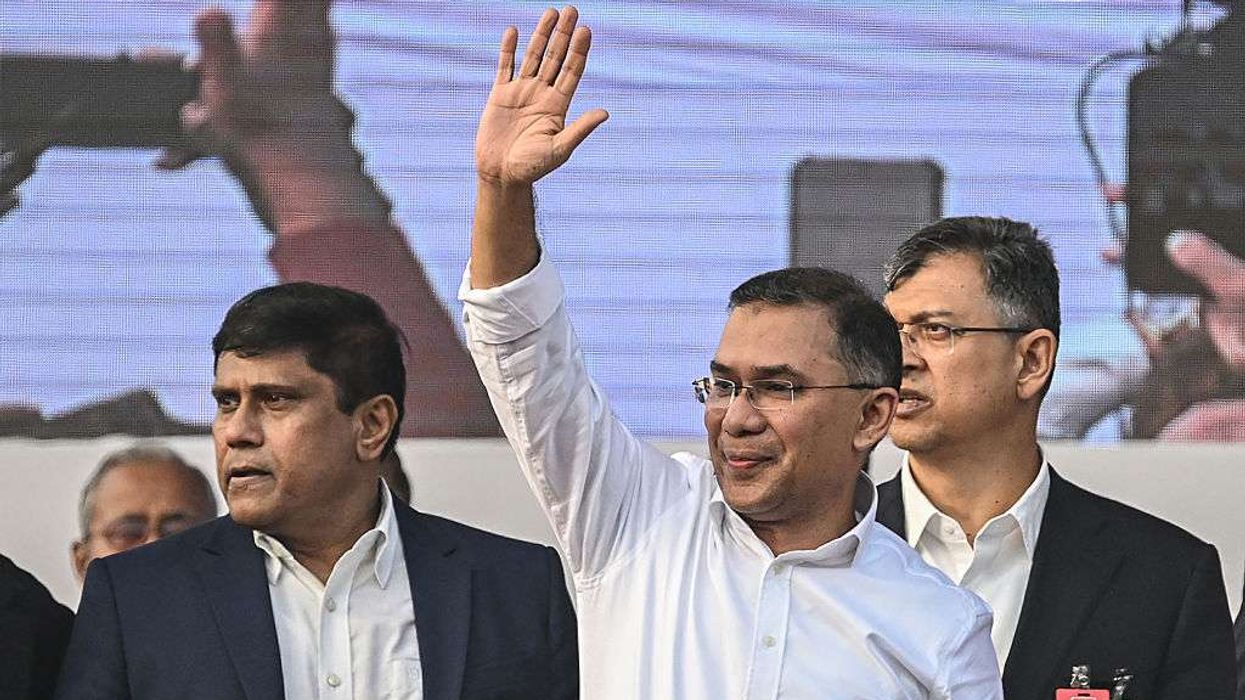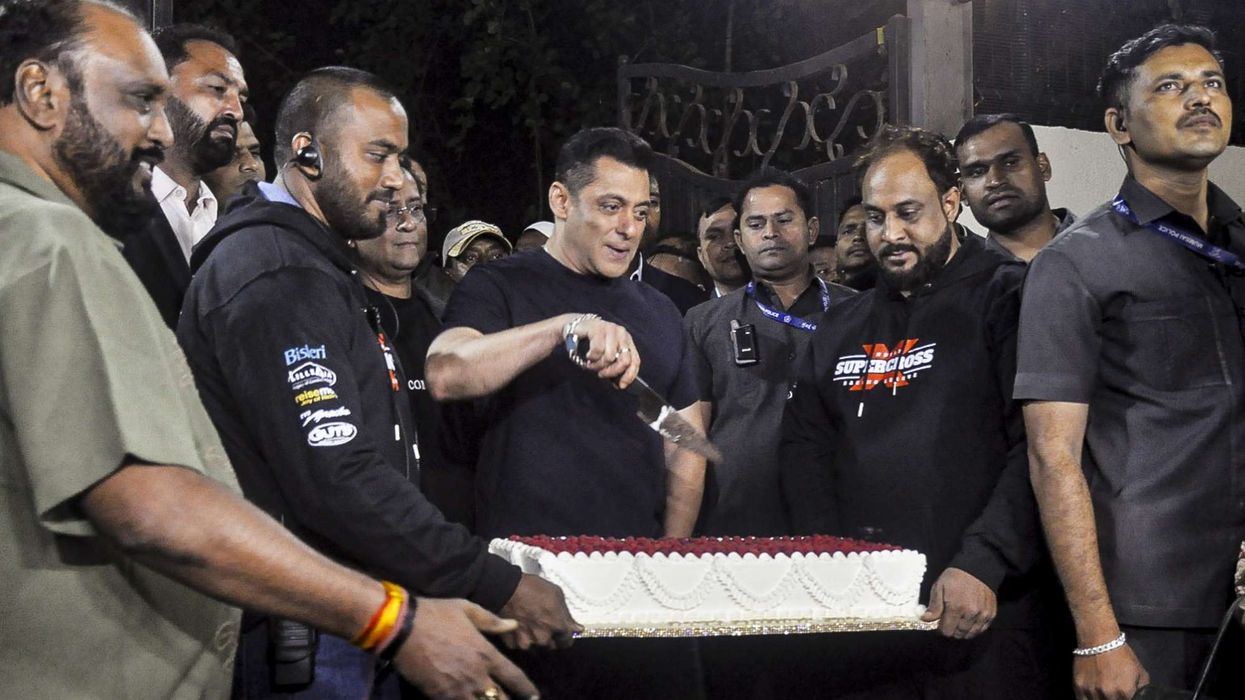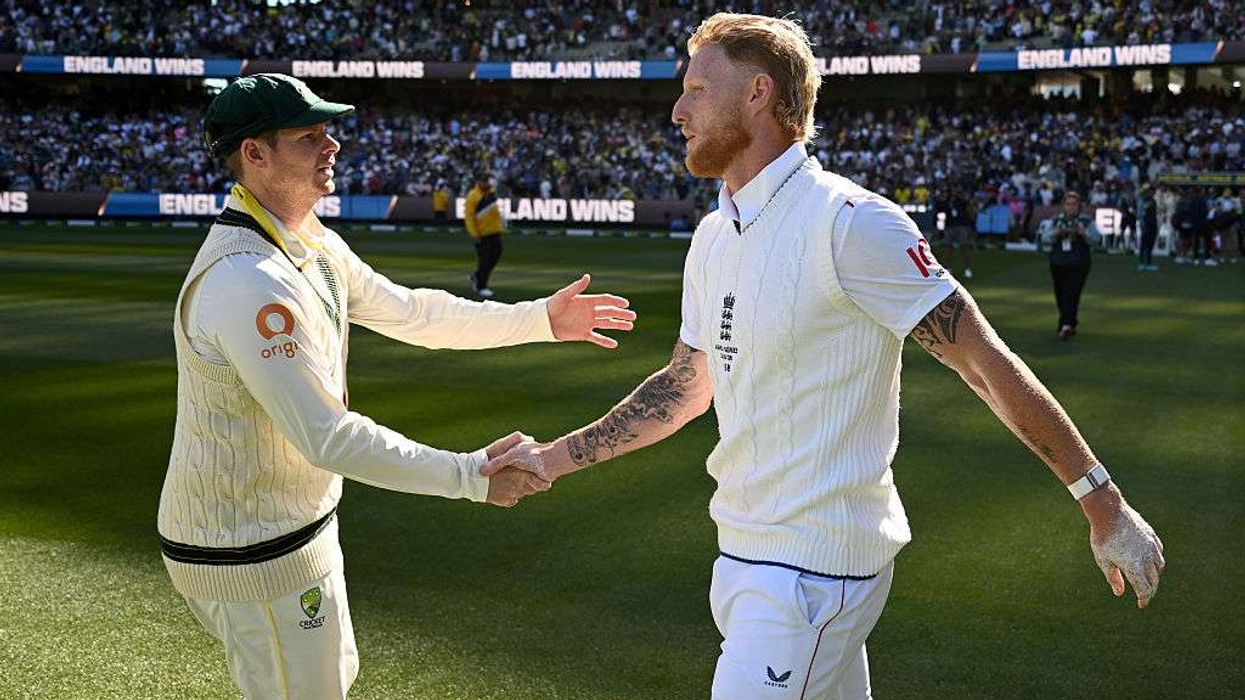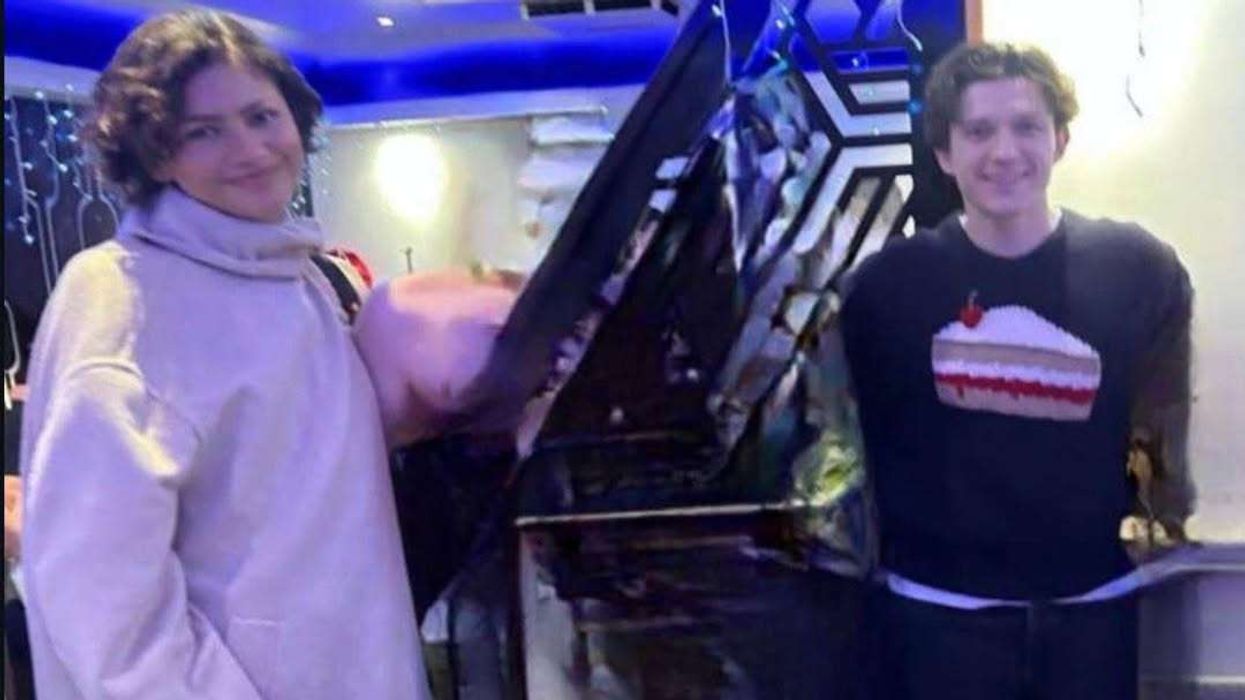REFORM UK has signalled it might support Scottish Labour's Anas Sarwar as first minister following the 2026 Holyrood elections.
Richard Tice, the party's deputy leader, boldly declared at their Scottish conference that the Scottish National Party (SNP) had exhausted its governmental opportunities, the Times reported.
"Anything is preferable to the SNP," Tice said, suggesting Reform could become "kingmakers" in the next Scottish government.
“We see it being quite possible that we end up being the kingmakers in the next Holyrood government. And from a standing start, give or take, at the beginning of this year in Scottish terms, that is a pretty significant and quite achievable observation. It’s quite possible that we will be the third largest party in terms of the number of votes and seats," he was quoted as saying.
Political analysts are taking the party's claims seriously. Mark Diffley, a leading pollster, predicted Reform could secure between 10 to 15 Members of the Scottish Parliament (MSPs), potentially establishing themselves as the fourth-largest party and surpassing Tories.
“That would give them significant influence at Holyrood, particularly in an election that, as looks likely, produces a messy outcome in which no single party is anywhere close to a majority and where detailed negotiation will be required for a government to be formed.”
The SNP said that Reform’s anti-immigration sentiment “does not align with Scotland’s values," Diffley was quoted as saying.
The potential alliance has created tension within Scottish political circles. Scottish Labour's deputy leader, Dame Jackie Baillie, cautiously responded that the election represents a chance to "turn the page on 17 years of SNP incompetence" while dismissing Reform as offering "nothing except division".
A Sunday Times poll this month revealed that Scottish Labour's support has fallen so significantly that it would be nearly impossible for Sarwar to secure a majority and form a government if similar results occur in 2026.
Reform's Scottish campaign director, Martyn Greene, expressed confidence, revealing the party has already established "several thousand members" across Scotland and expects to have over 30 local branches by year's end.
The SNP has criticised Reform, arguing that the party's anti-immigration stance "does not align with Scotland's values".
Recent council by-elections have shown Reform gaining significant support, consistently polling in double digits and finishing third in multiple constituencies.
